Bucharest's Architectural Marvels Unveiled
Join us for a captivating free walking tour that explores Bucharest's stunning architecture, rich history, and vibrant culture, revealing the city's hidden gems.
Time
3 Hours
Stops
9 Places
Distance
7.1 km
Romanian Athenaeum
Begin your tour at the Romanian Athenaeum, a majestic concert hall and a symbol of Romanian culture, renowned for its neoclassical architecture.
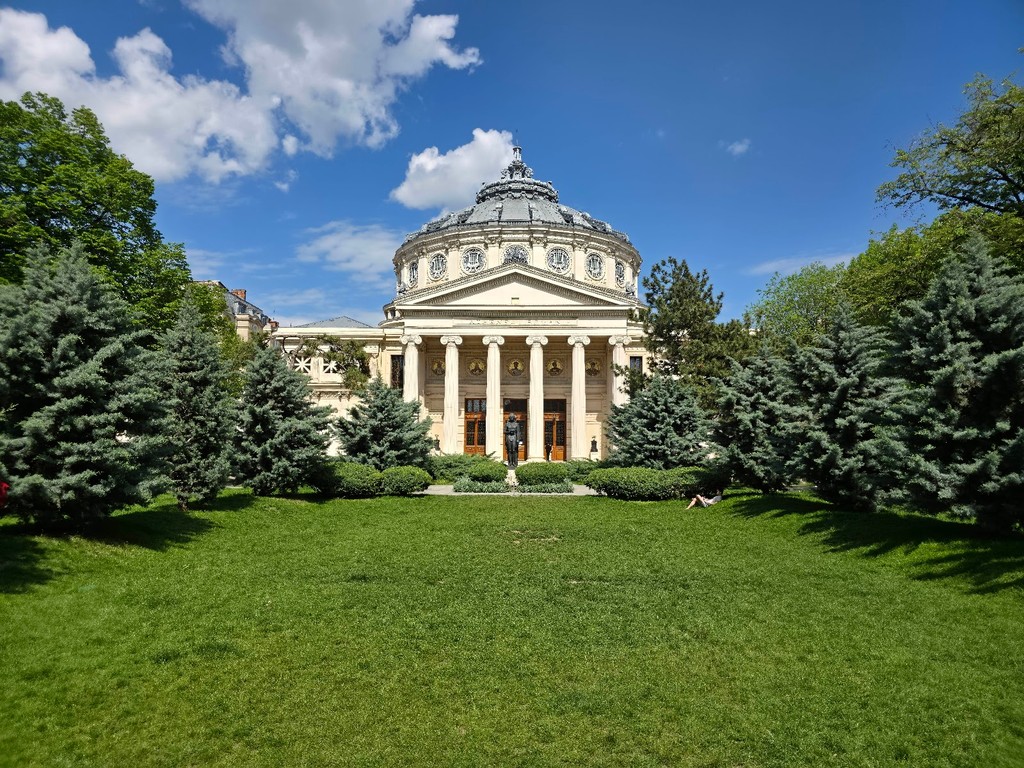
Romanian Athenaeum (Source: Google Maps)
The Romanian Athenaeum is a premier concert hall and a cultural landmark in Bucharest, celebrated for its stunning neoclassical architecture. Completed in 1888, it was designed by the French architect Paul G. M. R. de Rotschild and features a striking circular shape with a magnificent dome. The facade is adorned with intricate sculptures and columns, while the interior boasts a lavishly decorated concert hall, famous for its remarkable acoustics. The Athenaeum is not just a concert venue but also a monument to Romanian culture and arts, hosting performances by renowned orchestras and musicians. Its rich history and architectural beauty make it a must-see for visitors to the city.
Revolution Square
Just a short walk away, visit Revolution Square, a historic site that played a crucial role in Romania's transition from communism, surrounded by impressive buildings.
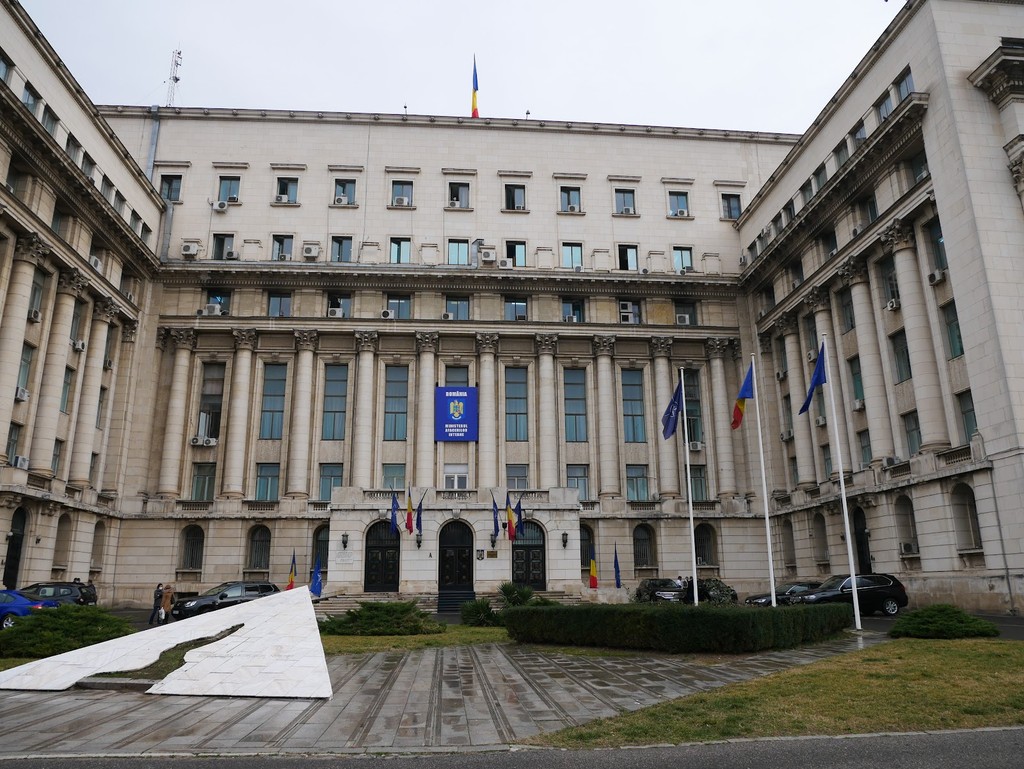
Revolution Square (Source: Google Maps)
Revolution Square, known as Piața Revoluției, is a historic site that played a pivotal role in the 1989 Romanian Revolution, marking the end of communist rule in the country. Surrounded by impressive buildings, including the former Central Committee of the Romanian Communist Party, the square is a place of reflection and remembrance. The square's architecture features a blend of neoclassical and modern styles, showcasing Romania's tumultuous history. Notably, the square is home to the Memorial of Rebirth, a striking monument that commemorates the heroes of the revolution. Today, Revolution Square serves as a vibrant public space, hosting events and gatherings, while its historical significance continues to resonate with visitors.
Cărturești Carusel
Head to Cărturești Carusel, a beautifully restored 19th-century building that now houses a stunning bookstore, perfect for a quick cultural stop.
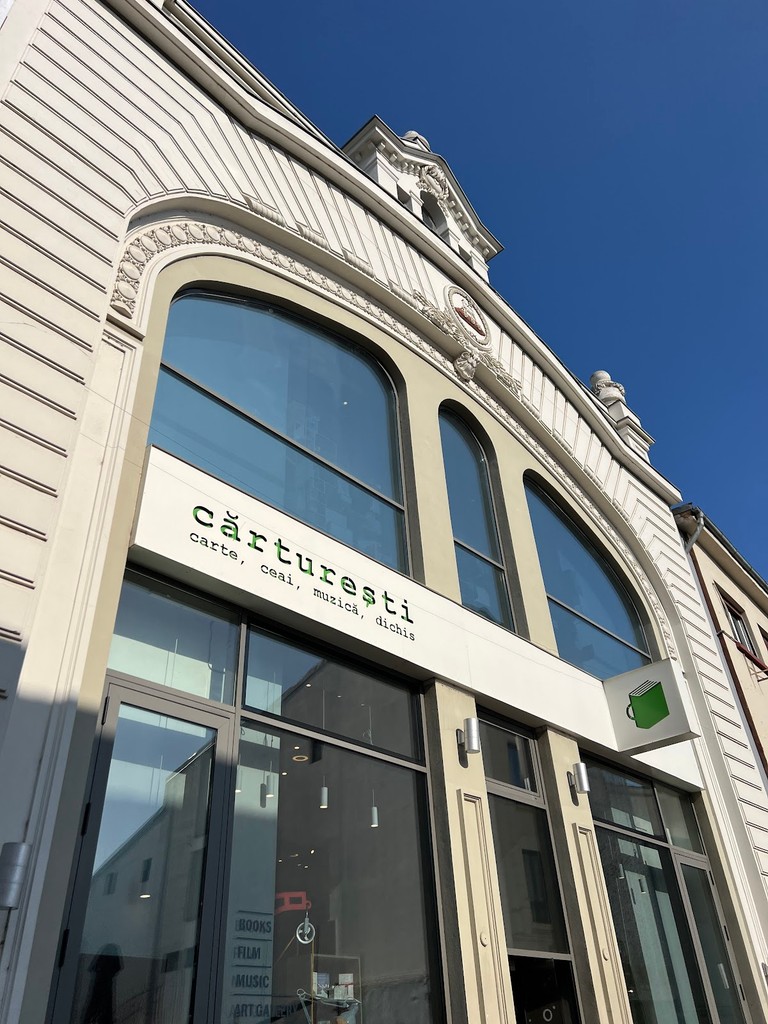
Cărturești Carusel (Source: Google Maps)
Cărturești Carusel is a beautifully restored 19th-century building that has been transformed into a stunning bookstore and cultural hub in the heart of Bucharest. This architectural gem, with its elegant spiral staircase and ornate interior, offers a unique blend of literature and art. Originally constructed as a post office, the building features large glass windows that flood the space with natural light, creating an inviting atmosphere for visitors. The bookstore not only houses an extensive collection of books but also hosts art exhibitions, workshops, and cultural events, making it a vibrant center for creativity. Cărturești Carusel is a testament to Bucharest's commitment to preserving its architectural heritage while fostering a love for literature.
Stavropoleos Monastery
Explore the Stavropoleos Monastery, a serene oasis known for its intricate Brâncovenesc-style architecture and peaceful courtyard.
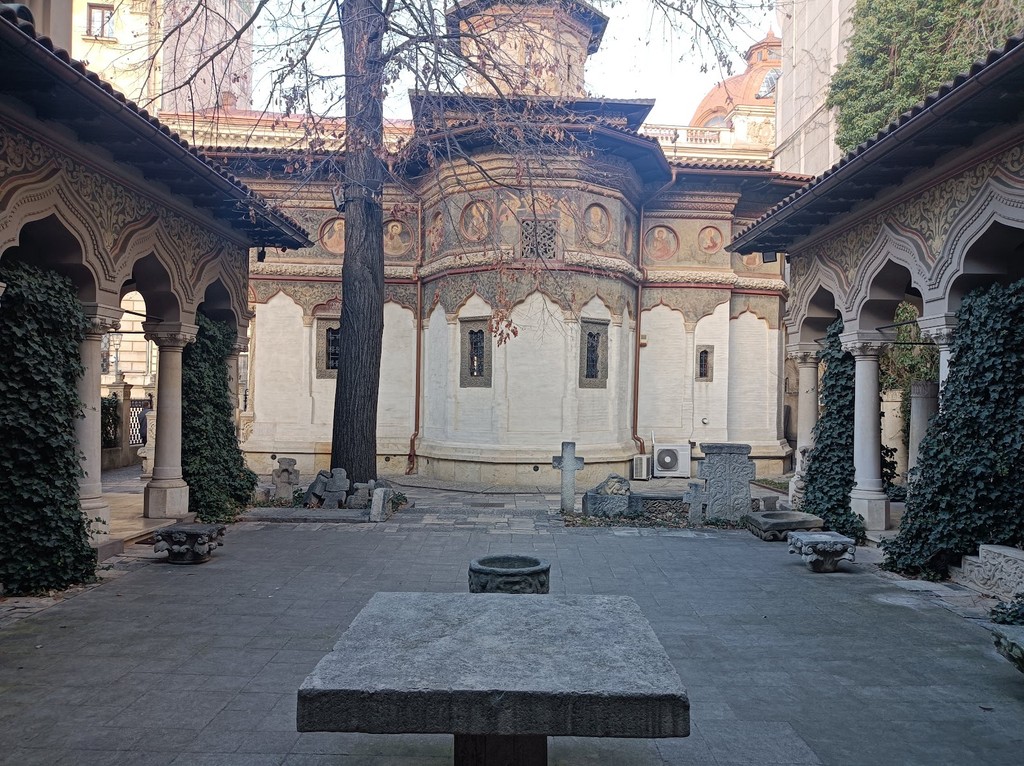
Stavropoleos Monastery (Source: Google Maps)
Stavropoleos Monastery, founded in 1724, is a serene oasis in the bustling city of Bucharest, known for its exquisite Brâncovenesc-style architecture. The monastery features intricate stone carvings, wooden details, and beautiful frescoes that reflect the artistic influences of the time. Its peaceful courtyard, surrounded by tall walls and lush greenery, provides a tranquil escape from the city's hustle and bustle. The church within the monastery is a small yet stunning structure, adorned with ornate iconography and a beautiful altar. Stavropoleos Monastery is not only a place of worship but also a significant cultural landmark, representing the rich spiritual and historical heritage of Romania.
National Museum of Romanian History
Discover Romania's rich past at the National Museum of Romanian History, housed in a grand neoclassical building.
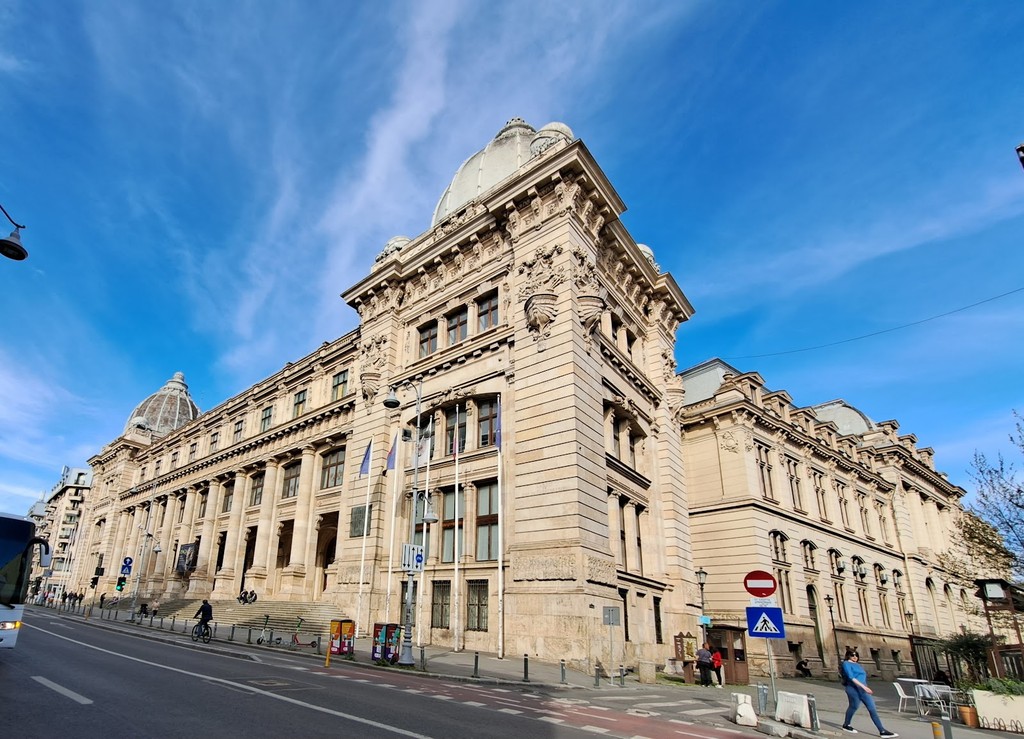
National Museum of Romanian History (Source: Google Maps)
The National Museum of Romanian History is housed in a grand neoclassical building that itself is a work of art. This museum showcases Romania's rich history, from prehistoric times to the modern era. Visitors can explore a diverse range of exhibits, including artifacts from the Dacian Wars, medieval treasures, and items from the communist period. The museum's highlight is the Romanian Crown Jewels, which are displayed in a secure and elegantly designed gallery. The building's architecture, featuring imposing columns and detailed stonework, enhances the historical experience, making it a fitting home for the nation's treasures. The National Museum of Romanian History serves as an educational resource, preserving and presenting the country's cultural heritage.
Hanu' Berarilor Casa Oprea Soare
Take a break at Hanu' Berarilor, a traditional Romanian restaurant set in a historic building, perfect for sampling local dishes.
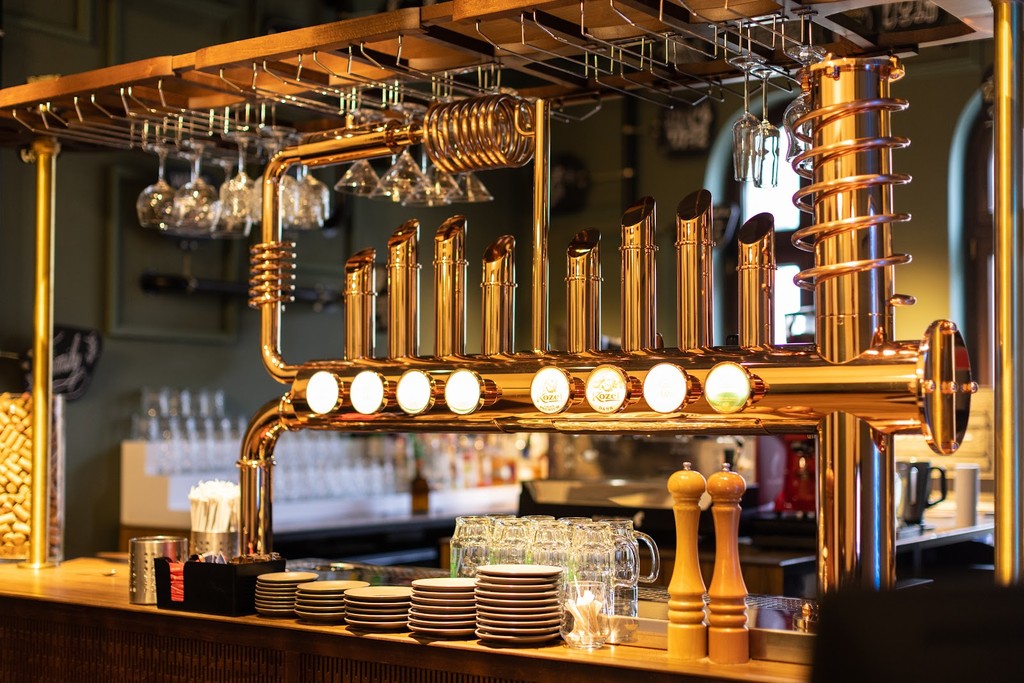
Hanu' Berarilor Casa Oprea Soare (Source: Google Maps)
Palace of the Parliament
Marvel at the Palace of the Parliament, the world's second-largest administrative building, and a testament to the opulence of the Ceaușescu era.
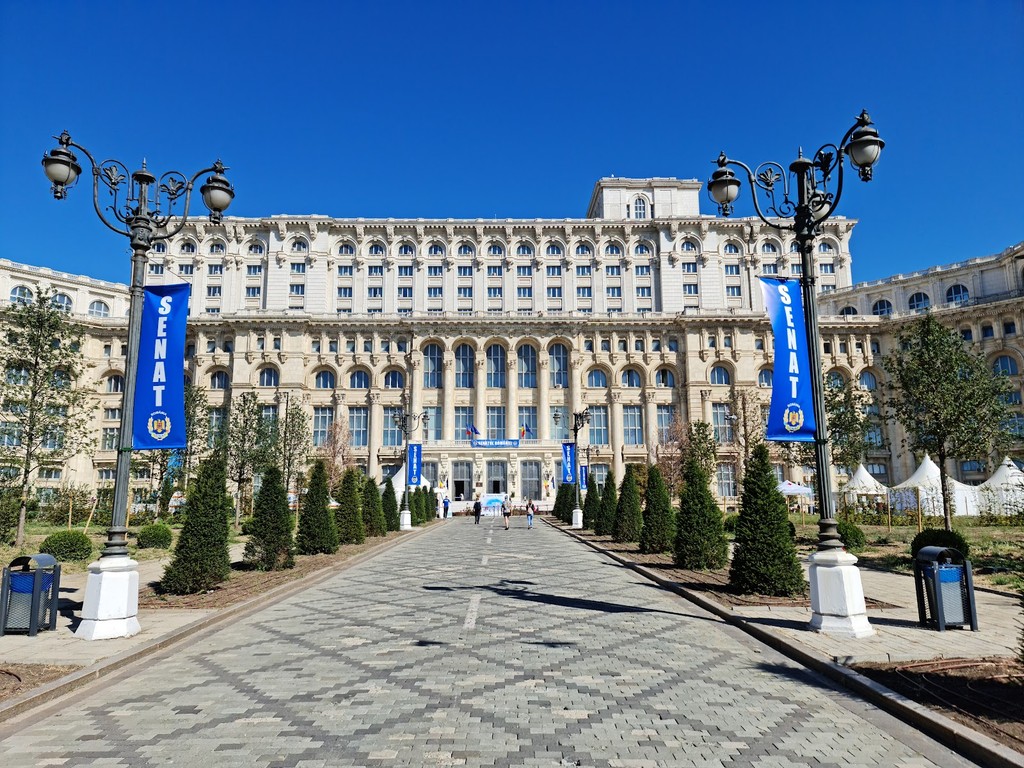
Palace of the Parliament (Source: Google Maps)
The Palace of the Parliament, known as Casa Poporului, is an architectural marvel and one of the largest administrative buildings in the world. Constructed during the Ceaușescu regime, this colossal structure exemplifies the excesses of the era, featuring over 1,100 rooms and a vast array of materials, including marble, crystal, and gold. The building's neoclassical design is complemented by elaborate interiors, grand staircases, and extensive use of decorative arts. Despite its controversial history, the Palace has become a symbol of Bucharest and a popular tourist attraction. Visitors can take guided tours to explore its opulent halls, learn about its construction, and appreciate its architectural significance. The Palace of the Parliament stands as a testament to Romania's complex past and ambitious vision.
Carol Park
Stroll through Carol Park, a beautiful green space that features the Mausoleum and the Zodiac Fountain, offering a peaceful respite.
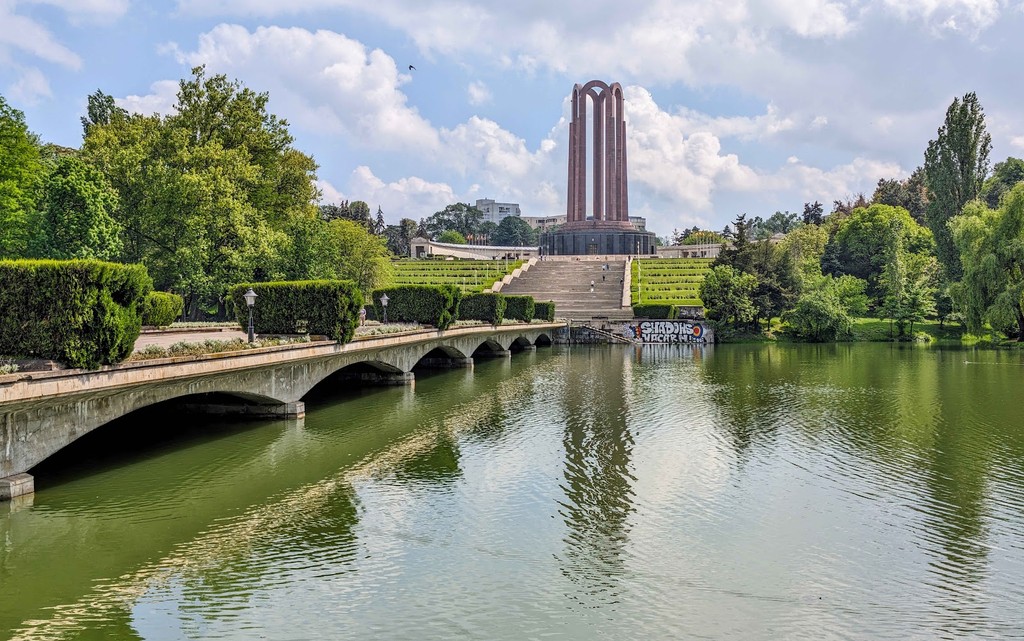
Carol Park (Source: Google Maps)
Carol Park is a beautifully landscaped green space in Bucharest, featuring a variety of historical monuments and recreational areas. Established in the late 19th century, the park is designed in a classical style, with wide pathways, flower gardens, and serene lakes. At the center of the park lies the Mausoleum, a monumental structure dedicated to the soldiers who fought in World War I. The Zodiac Fountain, another highlight, is adorned with intricate sculptures and provides a picturesque spot for relaxation. Carol Park is not only a place for leisure but also a venue for cultural events and concerts. Its blend of natural beauty and historical significance makes it a beloved destination for both locals and visitors.
Bellu Cemetery
Conclude your tour at Bellu Cemetery, a fascinating open-air museum showcasing elaborate funerary art and the resting place of many famous Romanians.
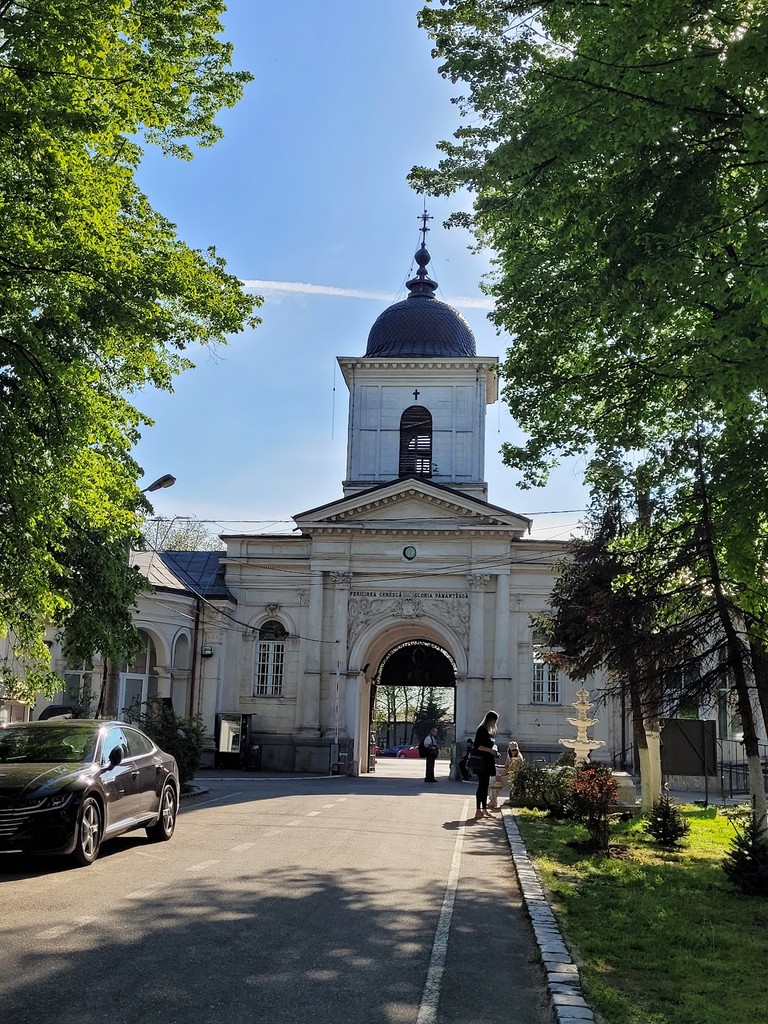
Bellu Cemetery (Source: Google Maps)
Bellu Cemetery, established in 1852, is an open-air museum that showcases elaborate funerary art and the resting places of many notable Romanians. The cemetery is renowned for its stunning mausoleums, intricate sculptures, and artistic tombstones that reflect various architectural styles, including neoclassicism and Art Nouveau. Visitors can explore the graves of famous individuals, including poets, politicians, and artists, each telling a unique story through their memorials. The cemetery's serene atmosphere, combined with its rich history, makes it a place of reflection and respect. Bellu Cemetery serves as a reminder of Romania's cultural heritage and the lives of those who have shaped its history.

Your travels, your rules.
Create your own Free Walking Tours.
Set your preferences, distances and anything you want to do or see.
Completely free, no payment required.